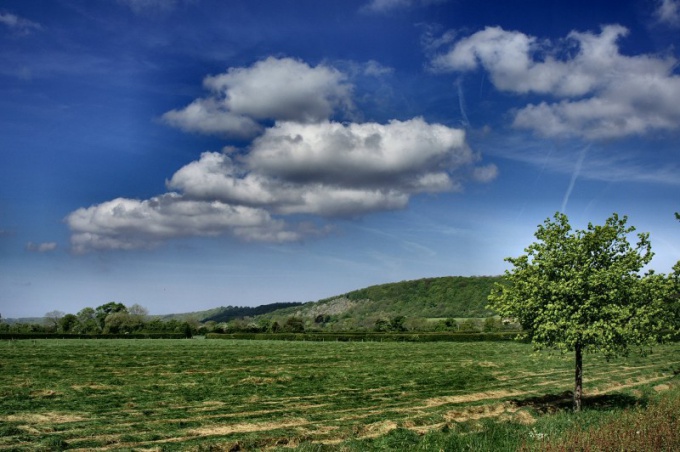You will need
- - a notebook in a cage ;
- - thermometer for the street;
- calculator;
- - sheets of A4 paper;
- - colored pencils;
- - handle;
- - a computer connected to the Internet.
Instruction
1
Prepare a diary of weather observations. It can be made of ordinary thick notebook in a cage, drawing a table with the following graphs: "date", "Time", "day Length", "Temperature", "Cloudy", "Precipitation", "the Direction and force of the wind, Special effects and the signs of the times of the year." This information will be enough for younger students. High school students can also enter a description of atmospheric pressure, humidity, solar activity (radiation), the effects of weather on human health, etc.
2
Determine the period of time during which you will conduct the observation. It may be a week, month, season, six months, a year. The longer the time interval, the more data to summarize you will accumulate. In a diary last for a week, make entries several times a day, for example, in the morning, around noon and in the evening. With long-term weather observations capture the basic indicators daily, at the same time.
3
Purchase a thermometer for determining the temperature of the air. You need to install it on the external side of the window. Recording data, note the following caveat: if your measuring device in the shade or under the bright rays of the sun.
4
Use these daily weather forecasts meteorologist when describing humidity, atmospheric pressure, solar activity, duration of the day. For other weather phenomena (precipitation, cloudiness, wind strength) observe personally. Be sure to mark specific seasonal features: the first leaves on the trees, rainbow, ice, etc.
5
Consider weather changes, using diary data. Calculate the average daily temperature during the observation period. You should put all figures in degrees Celsius and divide by the number of days. Highlight the days with maximum and minimum temperature.
6
Build a temperature schedule. Draw grey pencil a vertical line. By the middle of the vertical guide perpendicular to the horizontal line. The horizontal space into equal segments, indicating the days of the week or day of the month. It will match zero temperature. The vertical lines indicate the temperature values are above the horizontal line position "plus" and "minus". At the intersection of the dates and degrees put points and connect them. For clarity, low ("minus) temperature display blue, high ("plus) in red.
7
Determine prevailing during the observations of wind direction, will trace the dependence of clouds on the strength of the wind. Describe the changes of humidity, length of day and night, atmospheric pressure fluctuations, etc.
8
Detail will list all seen during the observation of seasonal natural phenomena: the first snow often had rain and thunderstorms every day blew cold strong wind, etc. don't forget to share the personal experiences of the weather.
